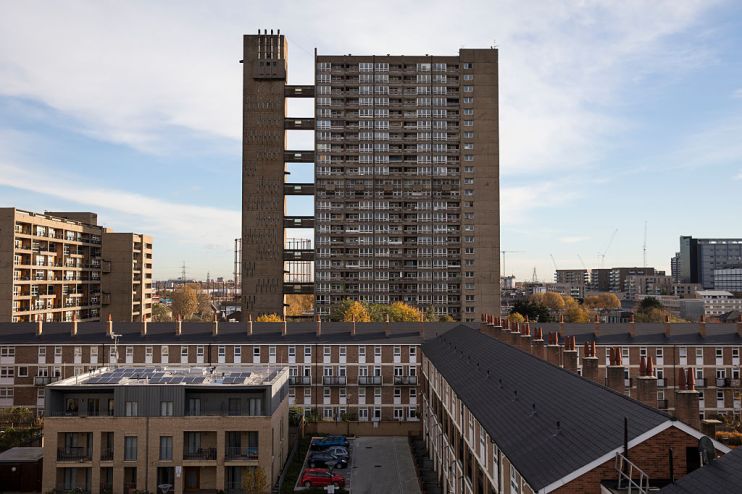Letter to the editor: How brownfield sites can help us solve the housing crisis

London is always evolving. And in the midst of a deeply damaging housing crisis the city is on a
mission to build more homes. The big question is how. Pushing London further out into the
countryside with another onion ring of low-density greenfield housing is not the solution. More
sensible is to make the best use of brownfield land within existing communities to create good green
homes for the people that need them.
To give one example, St George (a Berkeley Group company) is turning a vast town centre
supermarket and car park into a mixed-use neighbourhood with over 600 homes (35% of which are
affordable), a smart new Morrisons store to replace the old one, public squares and green spaces, a
community space, allotment gardens, and a rooftop urban farm.
There will also be smaller shops, restaurants, offices and flexible workspace to support Camden’s
thriving arts and maker industries. All this will be sustainably located in the centre of town, just a five-
minute walk from the nearest Tube stop.
Most agree this is a better use of city centre land and delivers some very good things for local people.
But regeneration at this scale is never easy nor universally popular, and both the St George and
Morrisons teams work hard to engage a wide range of local people and contribute to local priorities
like crime prevention and youth support.
There is no set formula for successful urban regeneration, but a commitment to meaningful
community engagement and honest conversations about the trade-offs involved are absolute musts.
We need to be clear that increasing density presents both challenges and opportunities. But with
thoughtful design these places can be welcome additions to older neighbourhoods which give much
more than they take.
London’s housing crisis is not an excuse to build any home, anywhere, at any cost. But it is a very
good reason to make the best possible use of brownfield land.
Alison Dowsett, Berkeley Group
